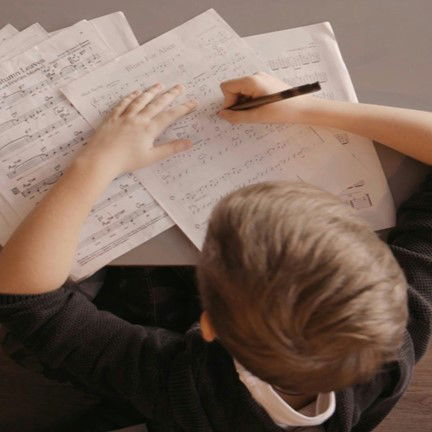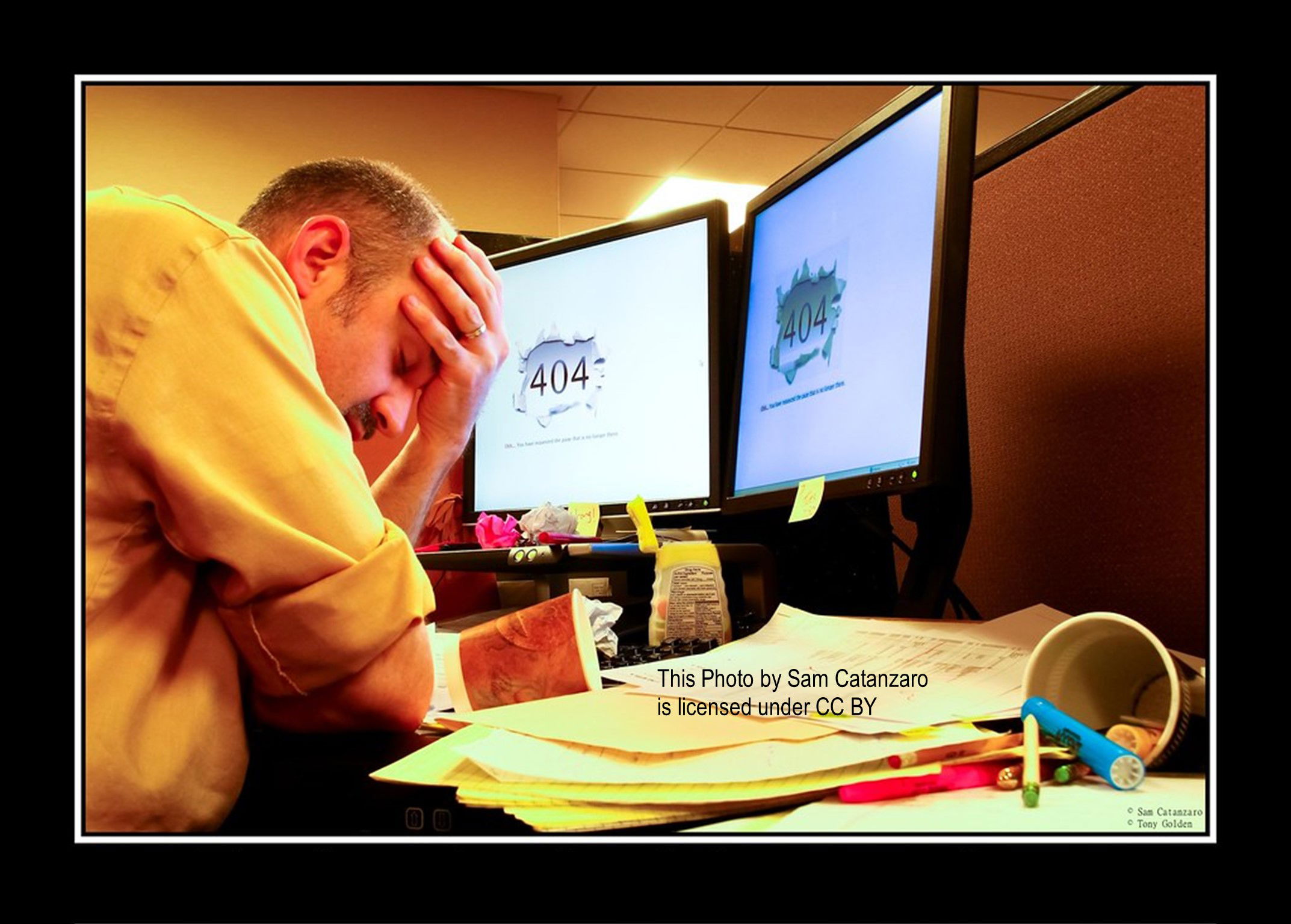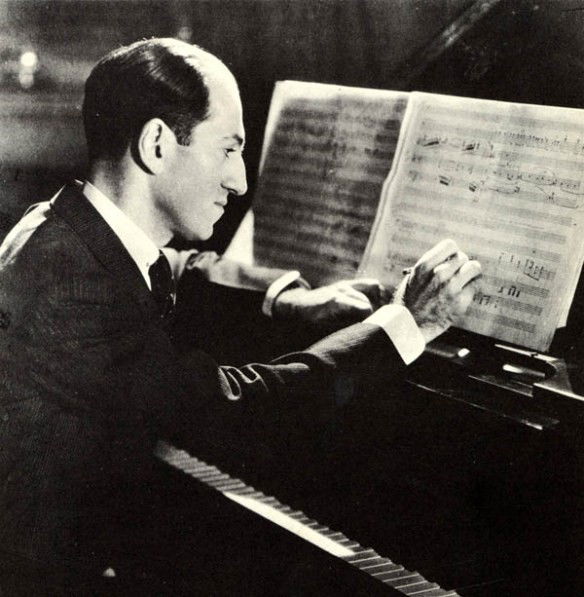How to Use Music Theory to Write Good Music

Music can be a very creative art form. Some composers simply let their imaginations run wild. A few of them write music worth listening to. Good music is an art and a science. It takes study and practice. But, once you know even some Music Theory, you can expand your artistic horizons.
Preparation: Before a house painter paints a wall, he repairs, washes, sands and primes it. Before a teacher teaches a lesson, she must know the material, consider her class structure, determine the best way to present it, write the lesson plan and assemble any materials she needs to teach it. Before a preacher delivers a sermon, he must pray, read, study, write and practice the delivery.
Before anyone begins to write music, he or she must understand music, especially if they are going to write something more than a commercial pop tune. Composers must also have a knowledge of the voices and/or instruments for which they are writing. Here are some things that will empower you to write not just pass able or even good music, but great music. You may be at the beginning of this process or part way through. If you’ve finished this process, you might be tempted to skip this part, but don’t. Every great student of anything knows that there is always something new to learn.
- Learn primary music theory. There are different levels of music theory knowledge. Primary music theory might be defined as music theory that enables a musician to adequately sing or play an instrument in a given situation. For example, for a high school saxophone player should know about and be able to play different key and time signatures, know all the notes and how to incorporate accidentals, know about and apply different tempo and dynamic markings, etc. He or she wouldn’t need to know about music forms, chord structure, inversions and retrogrades, etc. A guitar player would learn the strings and notes on the guitar, how to hold the guitar and one’s hands properly, the proper way to play a dozen chords or more (maybe in different positions).
- Practice and master those primary concepts as a performer.
- Become very familiar with the piano keyboard. Learn how to identify and understand what’s going on in piano music, both clefs. You don’t need to know how to play well, if at all, but knowing the notes and intervals will help immensely in your composing, no matter what genre you choose. Many piano teachers will be glad to help you learn the theory on the piano and maybe some simple piano techniques to deepen your ability. It’s also a good idea to play and learn different intervals so that you can have them stored in your music memory.
- Then, use what you know to write some simple music for that primary voice or instrument. Don’t concern yourself, necessarily, with any sort of accompaniment yet.

A Couple of Notes About Writing Music:
- As a former classroom teacher, I did some research into the benefits and shortcomings of using computers for reading and writing. More than a few independent studies have concluded that reading on a computer results in 40% less comprehension and 40% less retention than reading a paper-and-ink book. Without going into the math, that means that someone reading on a computer understands and remembers only 24% of what was read. Similarly, writing on a computer (such as taking notes in class or composing a report) results in far less of what was written being understood or remembered. Writing with pen and paper resulted in students learning more from that process. The act of writing sends the information through the memory part of the brain, while simple transcribing it into a computer bypasses that part of the learning process.
For that reason, I would strongly suggest using pencil and staff paper to write your music, at least for the first couple of years. That way, you’ll learn and be able to hear the notes better. This leads to the second Note on Writing Music.

- The popular caricature of a composer is that of someone sitting at a piano, plunking out a few notes or chords at a time and then quickly writing them down on the staff paper. In reality, only amateur or untrained composers do that. Well-trained composers can sit and write without the aid of a piano or other instrument.
My suggestion here is to plunk away at the piano and write for the first few compositions. Then, as you progress, try to write a phrase or two away from the piano. Then, play it to see if it sounds like you imagined. Then, write longer and longer passages and test them. After a while, you’ll be able to write without needing any immediate feedback from an instrument. Of course, in the end, you’ll need to try the whole piece to check your work.
I use a computer now because I had been writing music by hand for many years. It helps with creating parts for band and orchestra works, but I still can hear the intervals and know what’s going on without having to have the computer play it for me.
5. Next, learn about the other “voices” that make up an ensemble in which you sing or play. If your instrument is your voice, learn about the ranges and tonal qualities of other voices in a choral group. If you play a brass instrument, learn about the other brass instruments. If you’re a guitar player, learn about a bass guitar, banjo and dobro. Know how and where each particular instrument’s music is written. Sometimes, especially among wind instruments, transposing may be necessary.
6. Write something relatively simple for a group of instruments in your family of instruments. Have a group sing or play what you’ve written.
7. After having done a few of those, add other instruments and see what that sounds like. If you skipped over the Notes About Writing Music (above), now would be a good time to read them.
8. The final, life-long step is to learn the deeper music theory. This is also imperative for great composing. Study the different periods of music. Learn the different forms, components and performance practices. Learn a new instrument and how its music is written. Take a theory class in which they analyze some of the great composers’ works. Look for the math and geometry in them. Try to understand their use of various forms and chord progressions.
A Personal Story – When I entered college, I thought I knew everything I needed to know about music. Then, I started taking required music theory courses and discovered that there is more to music than a few verses and choruses, or the simplicity of some band, chorus and church music. After I graduated college I continued to write rock, pop and folk music, but it had much deeper forms and components than ever before. One piece that started out as a rock band piece turned into a piece for concert band is Rockin’ Rondo.

Another Personal Story – I attended a music seminar a while ago. It was full of professionals and amateurs alike. During one break I heard a professional songwriter complain to his friend that he couldn’t get away from starting all his choruses with a four chord. (In the key of G, that would be a C chord.) I knew exactly what he needed to do, but they were gone before I could say anything. What did he need to do? Start a chorus with a different chord! How simple, you think. Yes, but what can be done after that?
Application: To be more creative, use music theory samples. “What would Bach or Mozart do?” Here’s how they might use music theory, each in their own way. I’m going to pretend that I’m talking to the pro I mentioned above who is writing songs to sing, but the concepts can be used for any kind of music. Also, remember that Bach and Mozart would have had different styles even thought hey were using the same Music Theory.
- Change the key center for the chorus. If the song is in the key of G, go to the fifth and set the chorus in D. Use D, G and A chords for your primary three chords. To get back to the verse in G, use a D7 to lead the listener’s ear back to the G.
- Use the relative minor. In G, that would be an Em. You could use Em, Am and either B or D for your primary three chords. If you used a B, it would make it a true minor key. Using a D would make it modal. Either way is good. To get back to the G key center, simply go from a D.
- Use the parallel minor. I like to do this in the key of A on guitar because there are a bunch of simple chords that you can use. A becomes Am. Then you can use Am, Dm and E for your primary chords. Or, if you want to do modal, use Am, Dm (or D) and G. To get back to A major, just precede it with an E.
- An alternative to starting the chorus with a four chord (C in the key of G), use the minor 2 (Am in the key of G). You really won’t be changing the key center, just fooling the listener’s ears. One possible progression starting on the Am would be | Am | C | G | Em | Am | C | D | D | then back to G for the verse. Another one with more motion is | Am / G | C / G | D / D7 | G | Am / G | C / G | D | D (or D7) |.
Those suggestions were just for rock, pop and folk type songs. For concert band, choral or string orchestra compositions, remember that you’ll need a few more parts to the piece than simply a verse and chorus. There will need to be primary and secondary themes, as well as a few other components mentioned in the suggestions below:
- Use a classic form, e.g., sonata allegro or rondo. However, make one section longer or shorter than what might be expected. Use different key centers than what might be expected. For example, if a piece is in the key of A, the primary theme will be in A, but the secondary could be in Am, or even Bb.
- When transitioning from one theme or section to another, many composers use a circle of fourths or fifths. Try a “dead change”; that is, go directly from one key center to the next with no preparation.
- Use a mode. Use two. Many recent compositions use a modernized version of modes so that they don’t sound too odd to contemporary listeners. Or, use them strictly as defined by their original users.
- There are also rules for minor keys and minor scales. Rebel against modern practice and use these as defined by their first users.
- Use some alternate harmonies. Use open chords, like power chords on a guitar. Use suspensions; there are three kinds, not just one. Be sure to resolve them. Use barbershop quartet harmonies in a string orchestra piece.
One Salt Cellar composition called Morning Star Serenade for Concert Band contains a number of these unconventional techniques. The link takes you to the descriptions page of the SCC Website. From there, you can hear it, see a sample and purchase it.
Conclusion: It has been said that rules were made to be broken. In the vast majority of life, that is not so. But, in music, and most of the arts, this little adage makes more sense, “Study the rules of music (or your art) so that you know how to creatively break them.” You can’t break them all at once; then you have chaos. There are so many rules for music; choose a few for each composition and use them excellently.
Salt Cellar Creations practices the skills needed to create the beauty and power that are embodied in a well-crafted composition or arrangement. We have a growing library of original works and arrangements to demonstrate that fact. Find out more about what Salt Cellar Creations has to offer HERE. Explore the available music HERE.
SCC can also compose an original piece for you or do a custom arrangement for you. There are two ways that this can be done; one is much more affordable than the other. And SCC is always looking for ideas of pieces to arrange or suggestions for original pieces.
We have sold music not only in the US but in Canada, the United Kingdom, France, Australia, New Zealand and Austria. Please visit the WEBSITE or CONTACT US to let us know what we can do for you!